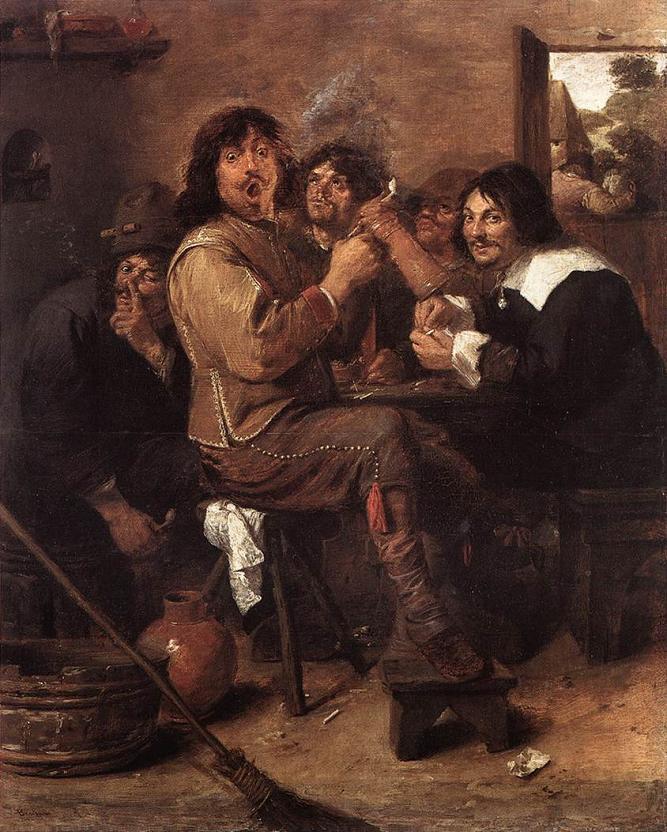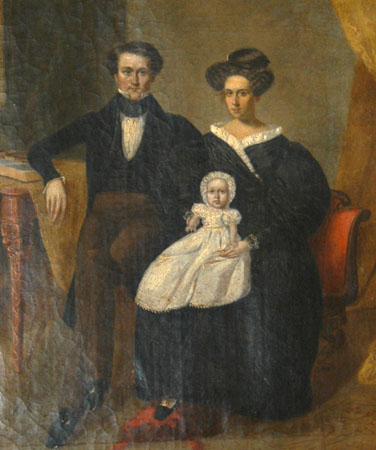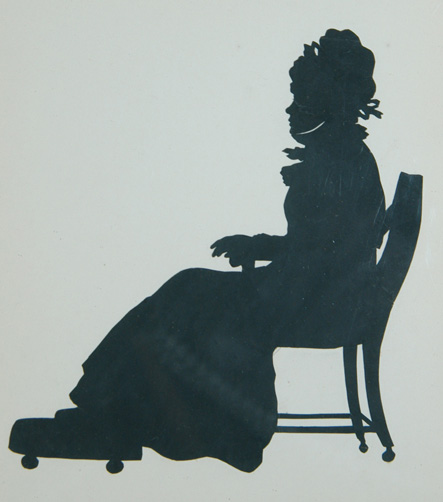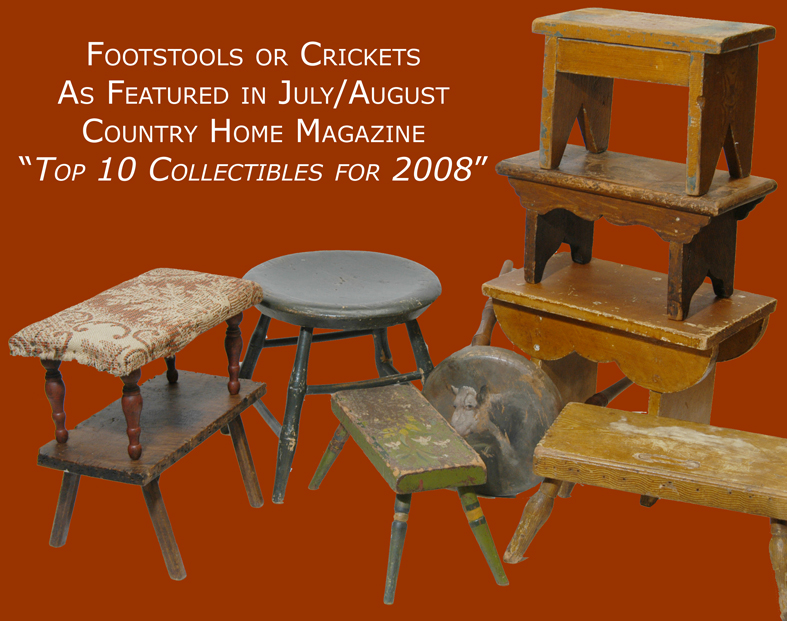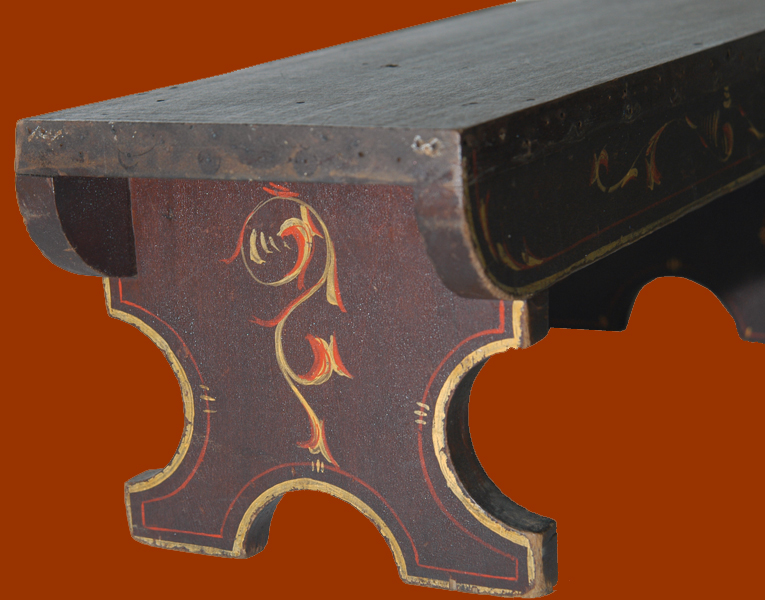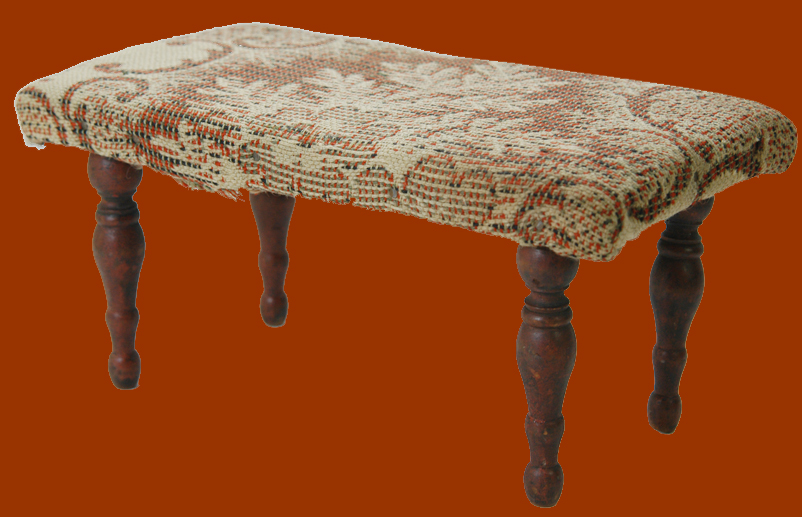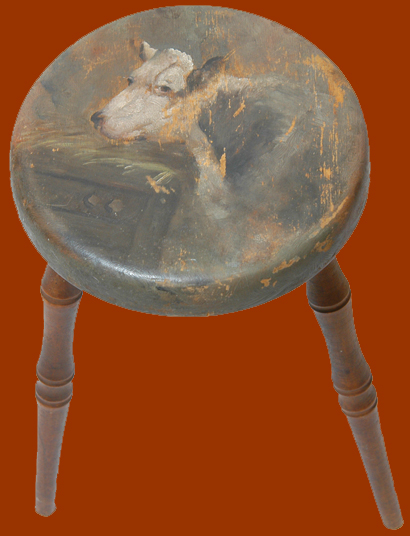History of Footstools
From the 17th through the early 19th centuries the terms “footstool” and “cricket” were interchangeable in everyday life. The cricket or foot stool was extremely valuable in early American homes where furniture was costly and took precious space in small, cramped living quarters.
Stools were separated into three groups based upon their height. Lowest was a footstool or cricket, measuring no more than 12” tall. These stools were used as seating for children as well as a place for sitters to place their feet. Second was the medium-high sitting stool which include stools over 12” but not more than 20” tall. These medium-high stools were used for youth and adult seating and were called by various names, including “Misses” stools, “Stools to Sett on” and “table stools”. The term “stool” without further identification often meant a medium-high stool. High stools were over 20” tall and were used mainly with tall desks or writing stands.
Stools were generally made by chair-makers and we see styles following the styles of chairs including Windsor styles and straight-legged stools resembling the bottoms of slate-back chairs. Board-end or bench stools were popular and at least one example is known to carry the brand of famed Windsor chair-maker, Elijah Tracy. Joint stools, created of a mortise-and-tenon construction, were popular from the sixteenth century well into the eighteenth century. Period bills of sales show us that Americans were buying “Crickets covered with carpeting”, “cricket frames curl’d maple [and] Carpeting”, “Mahogany Crickets”; crickets covered with “Brussells carpet” or “Hair Cloth”; and “Grecian crickets”.1
We see crickets at the feet of ladies in portraits and silhouettes, showing us that they were part of the better furnishings of the household. We see them in children’s portraits, showing us that they were part of everyday life. We see them in depictions of rowdy tavern scenes showing that stools made up the necessary furnishings of merchants who needed to supply seating with a very limited budget.
Footstools or “cricket stools” as the contemporary market often refers to them have been the darling of antique dealers and decorators for decades. A painted stool can emphasize an important collection object by giving it a special place amidst other pieces of the collection. It can add a splash of color and interest placed in front of a wing chair, or even a wooden arm chair. A bench stool can act as a short chair-side table, lending the perfect height for someone to place their drink (on a coaster, of course!). Crickets are generally undervalued in today’s antique market so good deals still abound. Crickets offer a great look and accent for much less than one could buy a full-sized piece of painted furniture or early bulbous turned chair.
I am thrilled that Country Home chose footstools as one of the “Top 10 Collectibles of 2008”. I am honored that they asked me to contribute to the article. The footstools being offered on the attached webpages include those pictured in the article plus others from my collection. I collected these crickets for years to use as display in shows and accents in my home. The stools I am offering are generally priced quite low because I bought them long ago. I hope one finds a great new home with you. When they are gone, they’re gone….at least at these prices. 2
>1 Nancy Goyne Evans, American Windsor Furniture Specialized Forms, 193-214 (1997). Luckily for us all, Ms. Evans has meticulously researched Windsor furniture and written several comprehensive books on the subject. Her book on specialized forms of Windsor furniture gives the most complete history of American stools available. The information in the previous paragraphs is paraphrased from the cited book.
2See the Country Home online article at CountryHome.com. (The footstools are #9.)
Please view the footstools currently in stock on the Folk Art, Paint Decoration, & Not Miscellaneous! pages.

